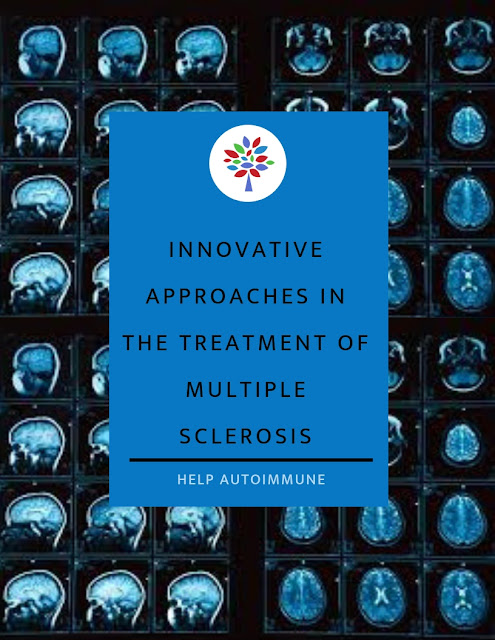By Will Frostick, Senior Associate Consultant Will Frostick delves into the MS treatment landscape and explores some of the cutting-edge treatments on the horizon.
Innovative approaches in the treatment of multiple sclerosis.
Multiple Sclerosis (MS) is a chronic autoimmune disease that affects the central nervous system (CNS), leading to progressive and permanent disability.
It is estimated that 2,500,000 people across the world suffer from MS. Click to Tweet
The disease impacts everyone differently, with the symptoms ranging from fatigue and vision problems to mental health issues and mobility problems, along with issues with speech and swallowing, and loss of bladder function (to name a few). Sadly, the age of onset is typically 20-40 years and MS is the leading cause of nontraumatic neurologic disability in young people.
The pathogenesis of MS consists of two key components: focal inflammatory demyelination, and neurodegeneration. Nerve function is dependent on the ability of electrical signals to flow through the wire-like axons of neurons, which are wrapped in and insulated by myelin sheaths. In the central nervous system (CNS, which includes the brain, optic nerves and spinal cord), myelin extends from octopus-like arms of oligodendrocytes. This myelination supports neuronal signal conductance and the survival of the neurons themselves.
However, in MS, lymphocytes mount an auto-immune attack on myelin, leading to damage of the myelin sheath. The demyelinated neurons can then no longer function properly and begin to atrophy and degenerate, causing the symptoms of MS.2 As damage can occur anywhere in the CNS, symptoms are highly varied.
THE TWO TYPES OF MS
There are two main clinical presentations of MS – Relapsing Refractory MS (RRMS) and Progressive MS (PMS).
In RRMS symptoms are intermittent but relapses gradually become more frequent, severe and longer-lasting as the disease progresses. However, PMS is characterised by a progressive worsening of symptoms between flareups, without remission. Pathophysiologically, the disease courses of both types overlap. As a result, patients can transition between the types of MS, making monitoring and treating the disease more challenging.
For example, PMS is characterised by focal inflammatory lesions (an area of damage or scaring in the CNS, also referred to as plaques) in the early stages only, with more diffuse damage becoming common later on. Focal inflammatory lesions are also a feature throughout RRMS, and it is also possible for RRMS patients to show progressive symptoms in the later stages of the disease.
DOWNLOAD THE FULL ARTICLE

No comments:
Post a Comment